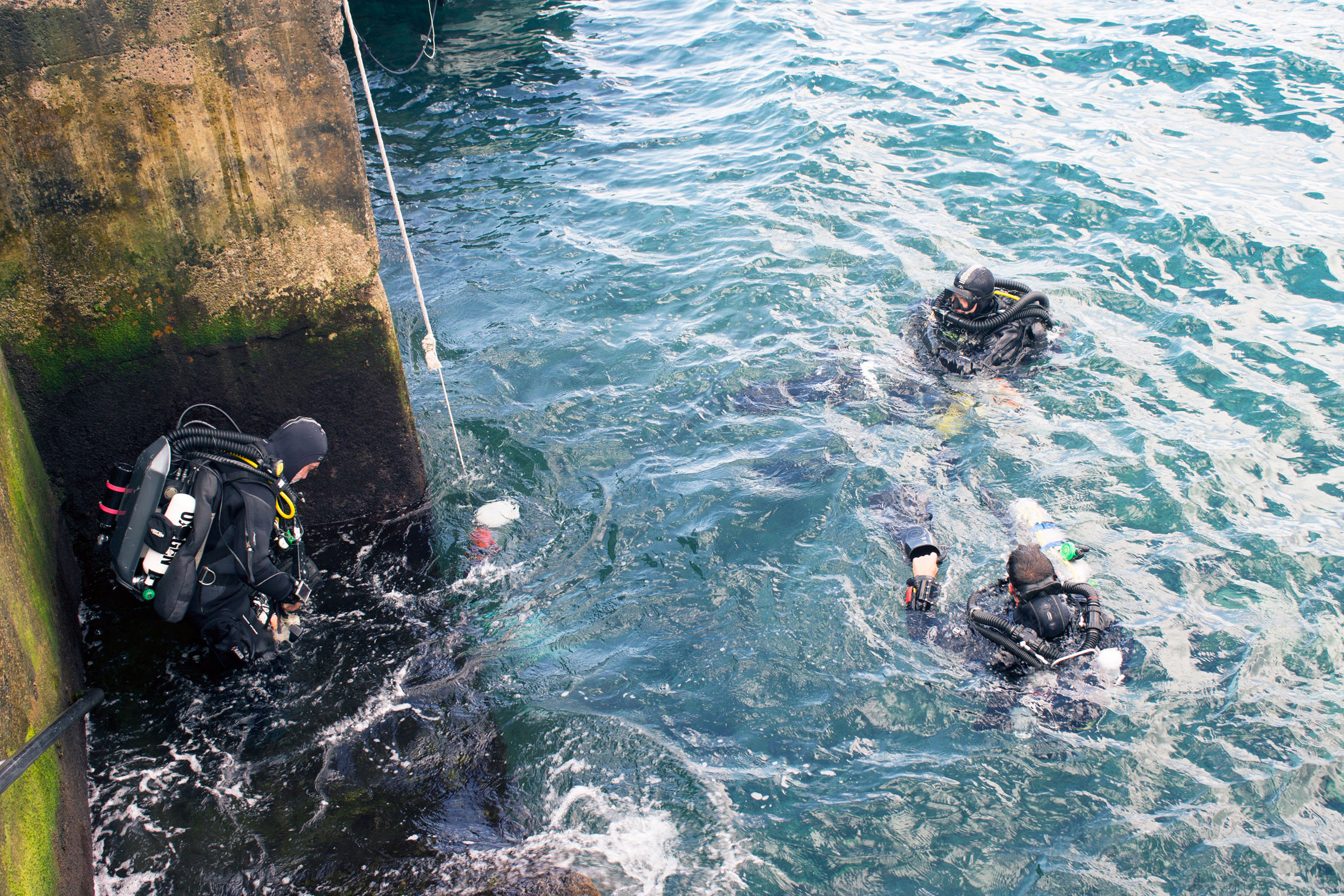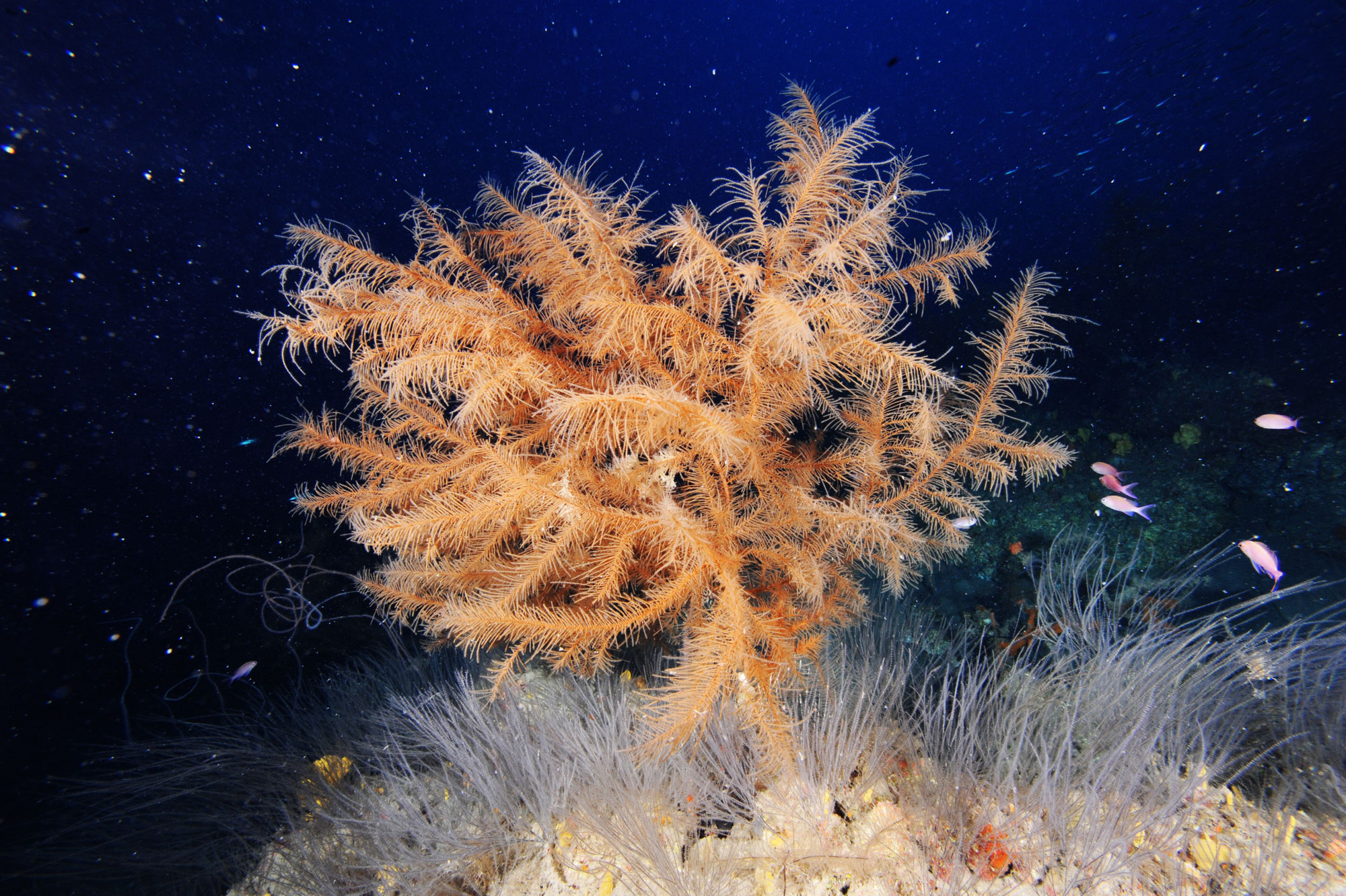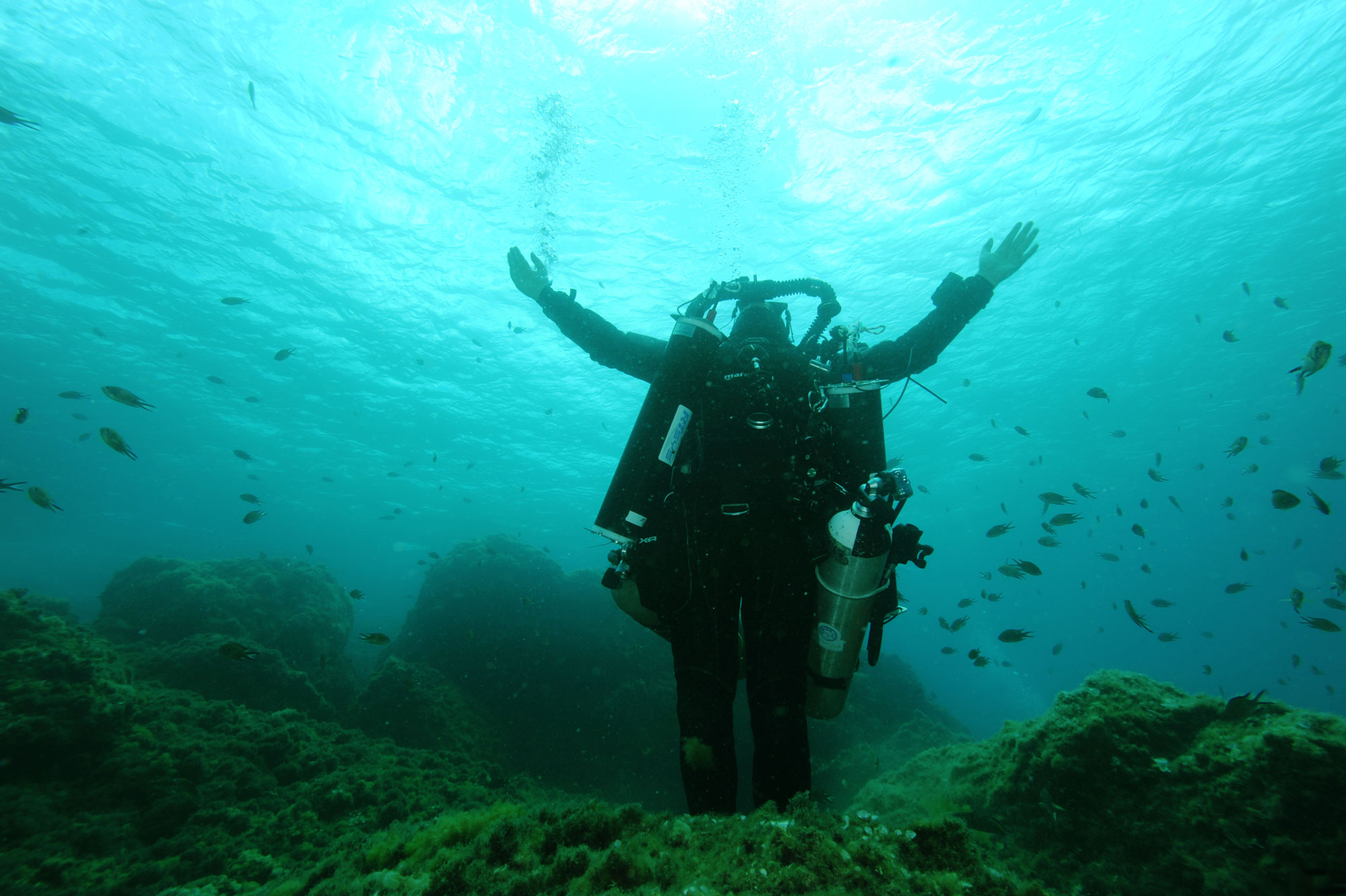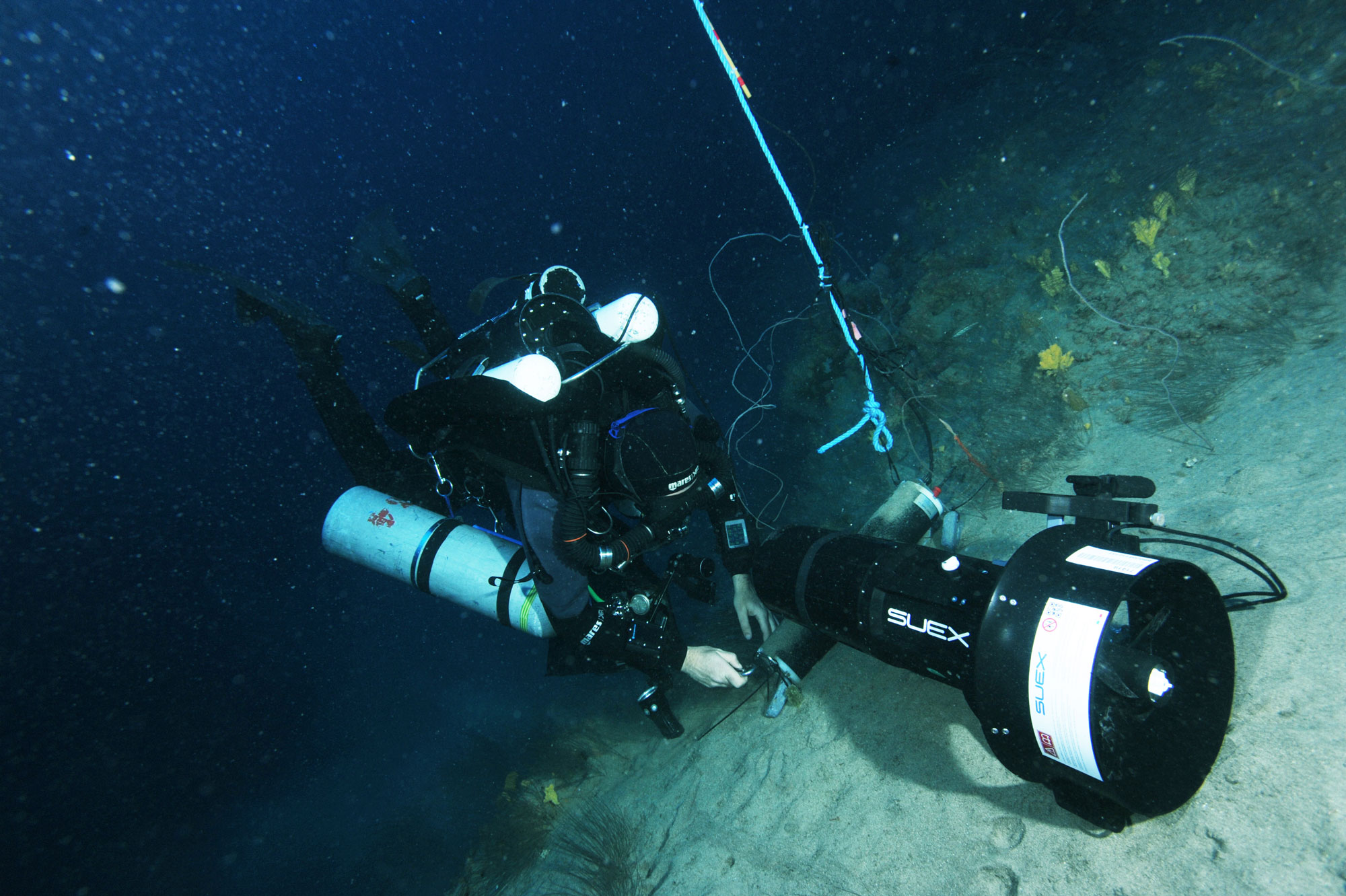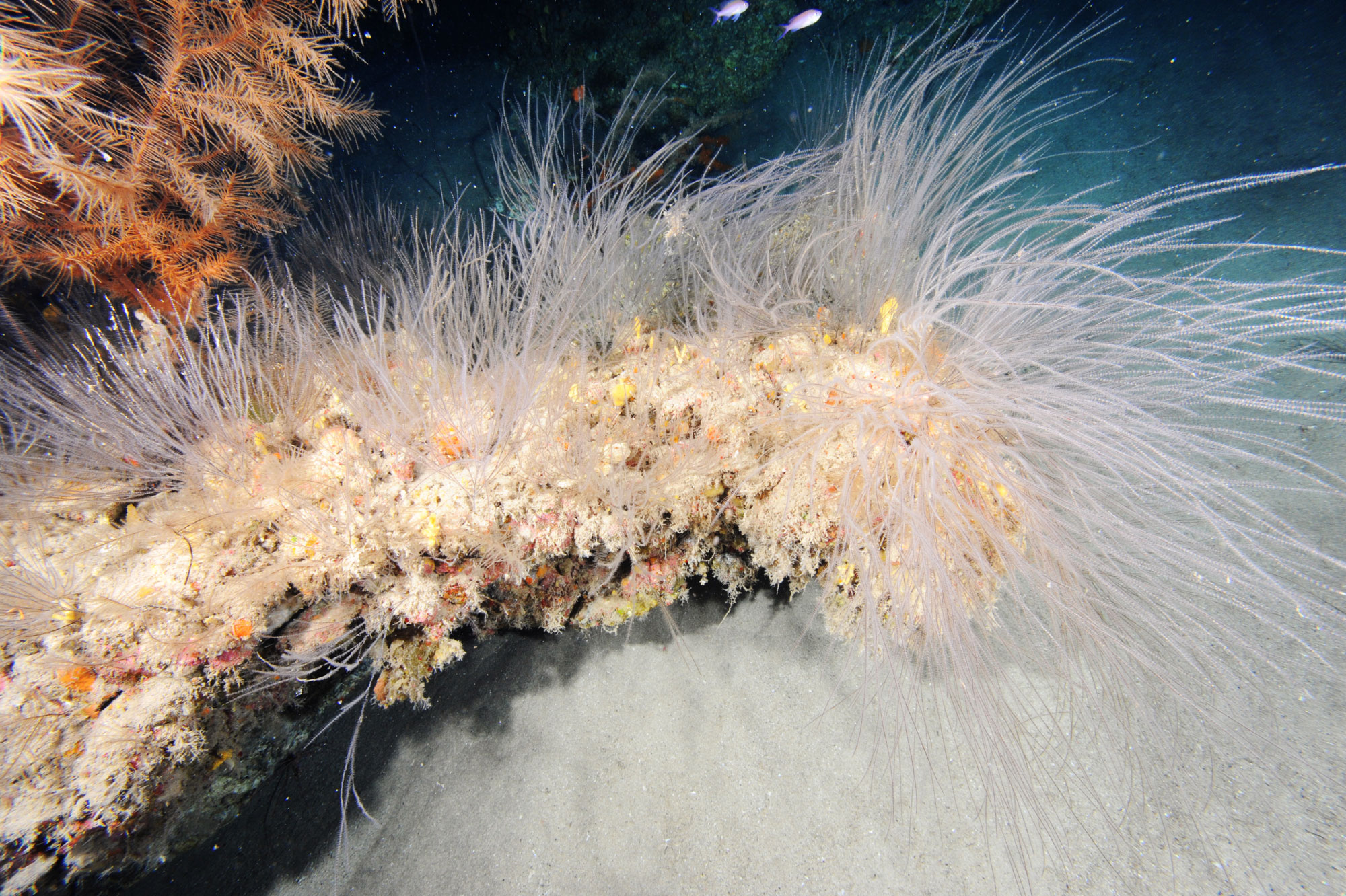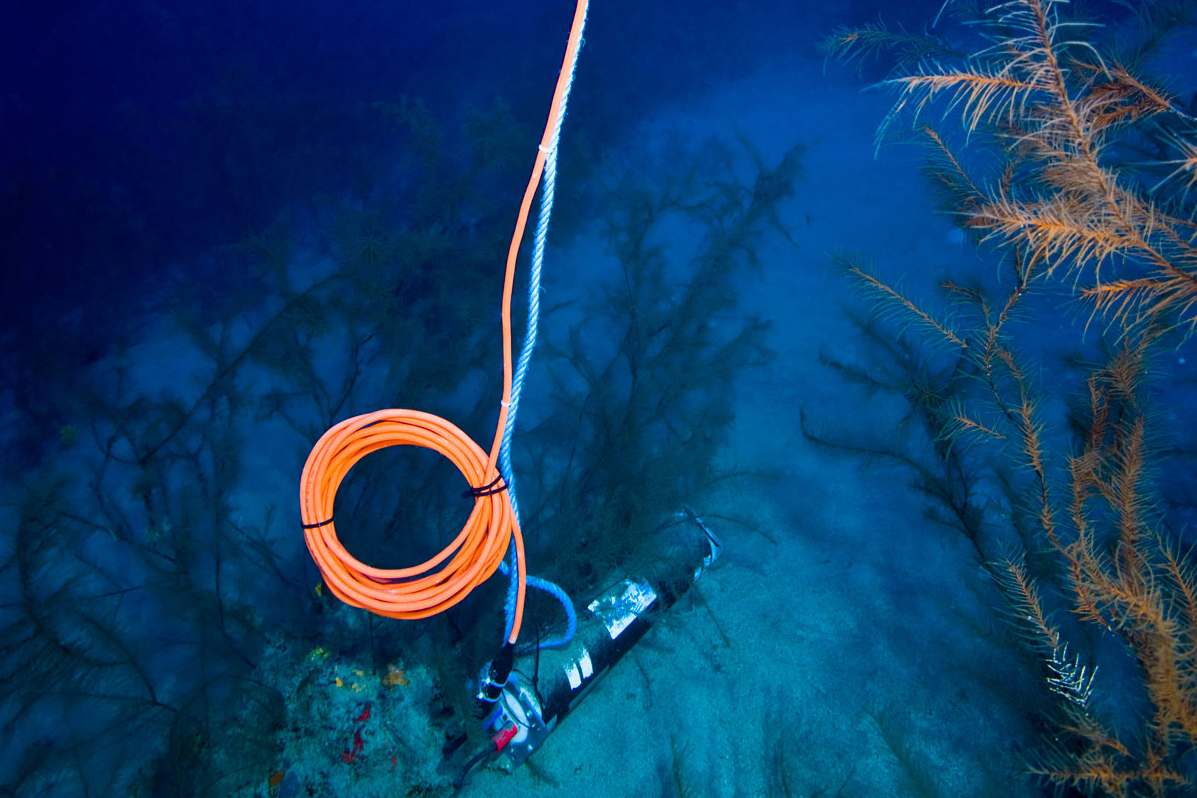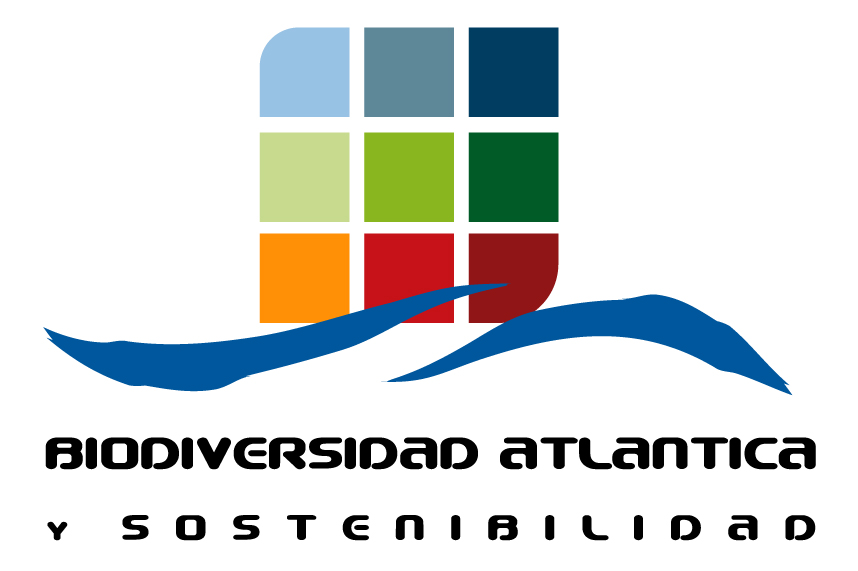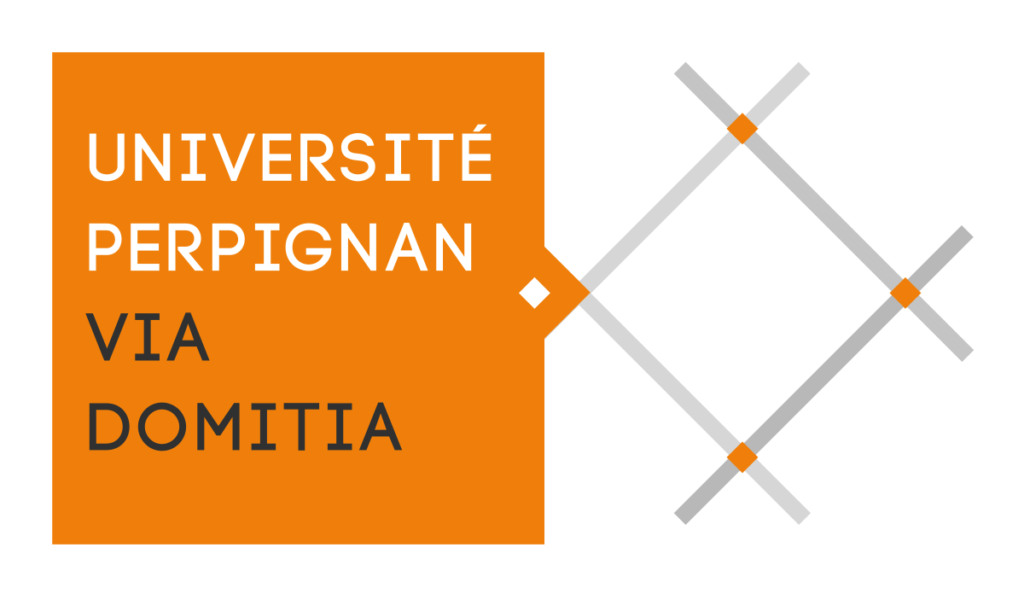BLACK CORAL SYMPHONY
WE SUPPORT THE FIRST ECOACOUSTIC EXPEDITION TO THE DEEP BLACK CORAL FOREST, LANZAROTE ISLAND (SPAIN)
The project "BLACK CORAL SYMPHONY" aims at characterizing the soundscape of the black coral forests of Lanzarote island.
Currently these marine habitats are not included in any national or regional protection directive, although in general they are listed as Vulnerable Marine Ecosystems in the resolutions 61/105 and 64/72 of the United Nations General Assembly, as well as in Appendix 2 of the Convention on International Trade in Endangered Species of Wild Fauna and Flora (CITES).
In contrast to black coral forests of tropical latitudes, today there is limited knowledge on these habitats throughout Macaronesia, and therefore in the Canary Islands. This is mainly due to the technical constraints posed by their exploration (e.g., depth) in comparison with their tropical counterparts.
Soundscape characterization consists of recording the sounds emanating from black coral forests using hydrophones (underwater microphones) placed within the forests for at least several days.
Soundscape studies allow to evaluate the acoustic diversity and animal activity associated with black coral forests and can be used to assess the health status of a habitat.
In other words, and making a parallel with their terrestrial counterparts, a forest in a good conservation state would harbor a great wealth of animals, which produce sounds. Therefore, the diversity and abundance of sounds allow to gather information on species diversity, abundances, and, as a consequence, on the health status of the forest. The same is true underwater: many marine animals produce sound actively (e.g. to communicate and/or find a mate) and passively (e.g. during movement or feeding). Recording these sounds with properly calibrated hydrophones can provide data on the behavior of the species (nutrition, reproduction, etc.), their activity (e.g. resting, swimming, etc.) and their abundance. The advantage of this methodology over direct observation is that hydrophones can collect data without impacting the environment, continuously over consecutive days, so that the presence of nocturnal species can also be investigated. Moreover, there are many species, usually difficult to see and observe, but that emit sounds. This is particularly relevant when studying black coral forests, as they occur at great depths (between 60 and 100 meters deep) and dive times are thus limited.
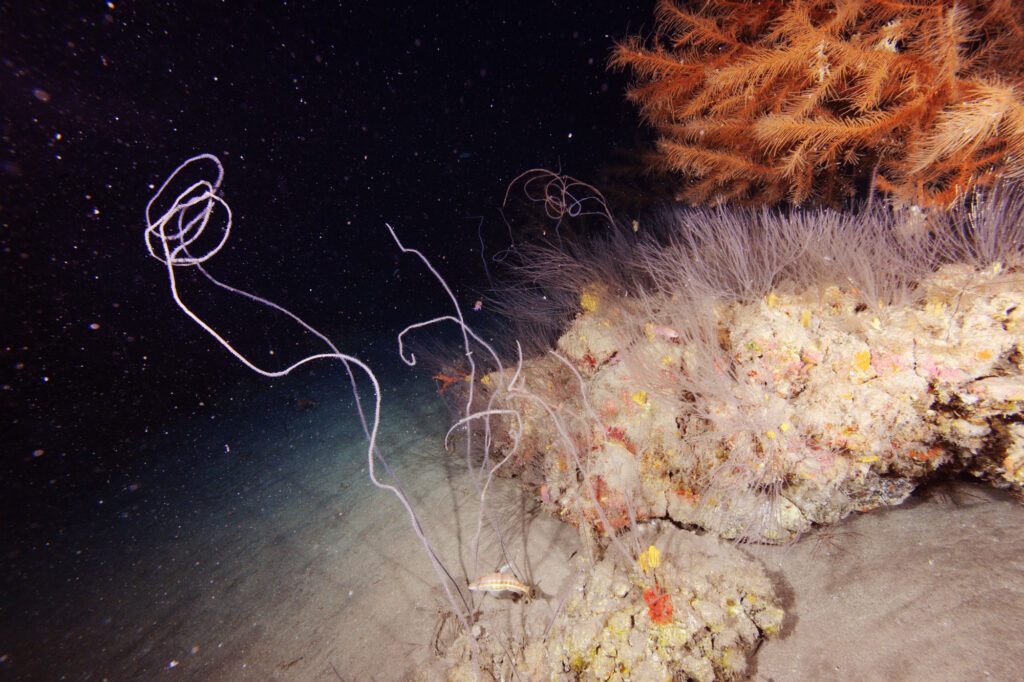
Photo by Fernando Espino
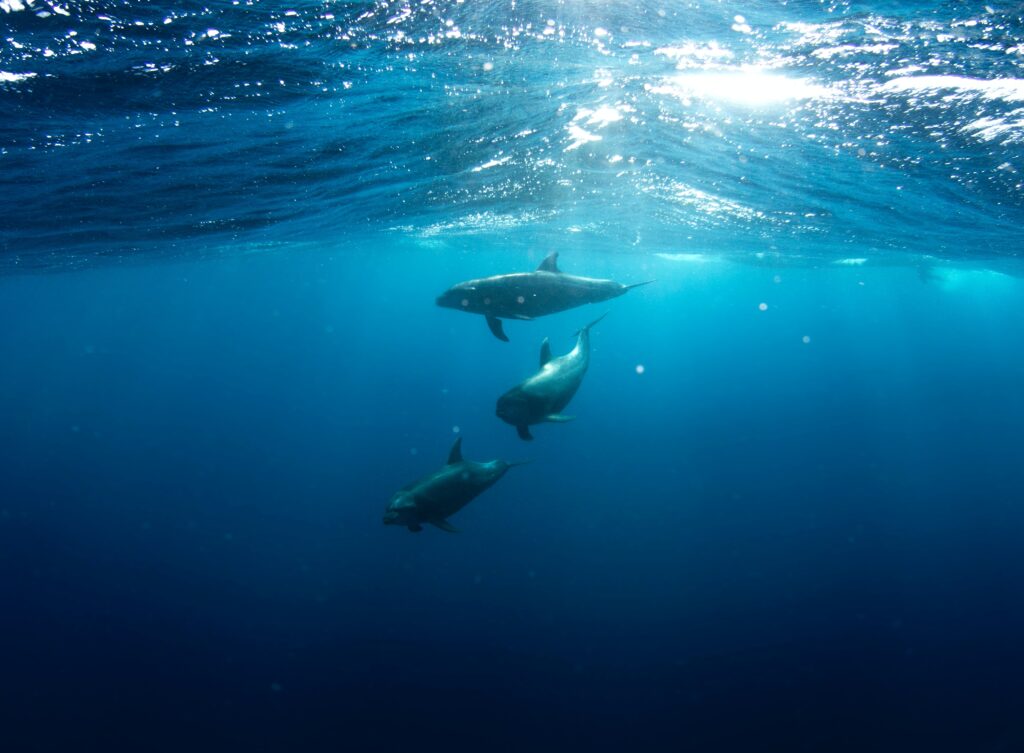
Photo by Talia Cohen
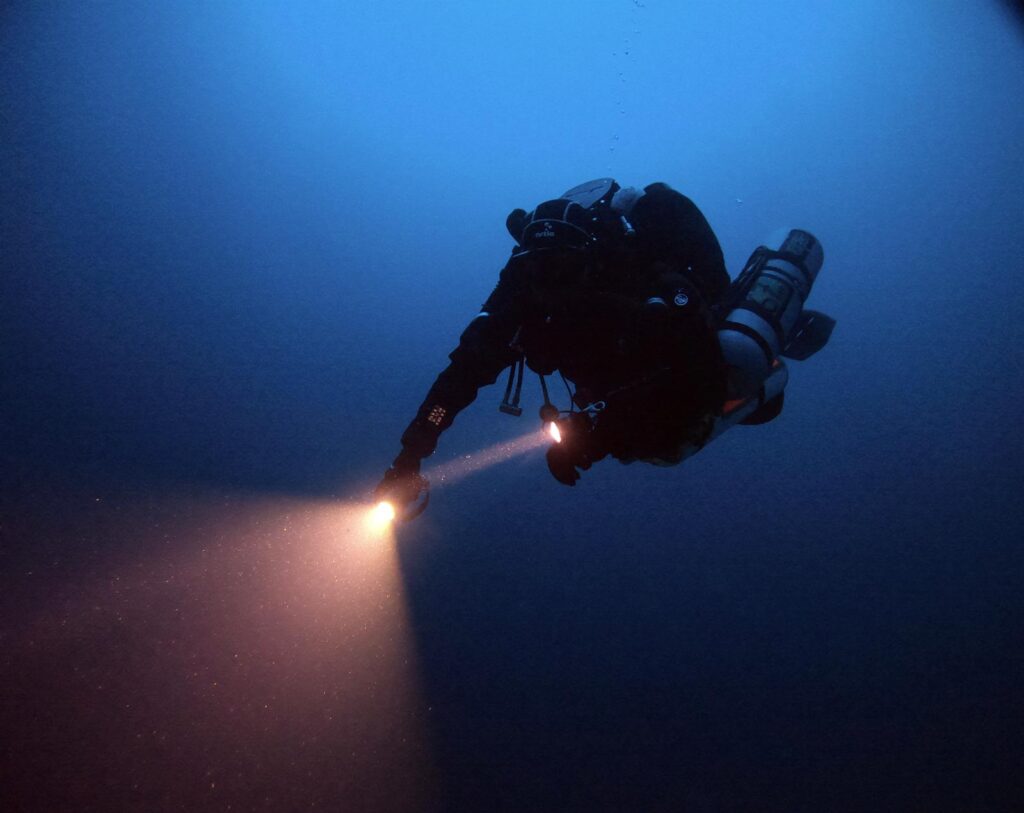
Photo by Lorenzo Bramanti
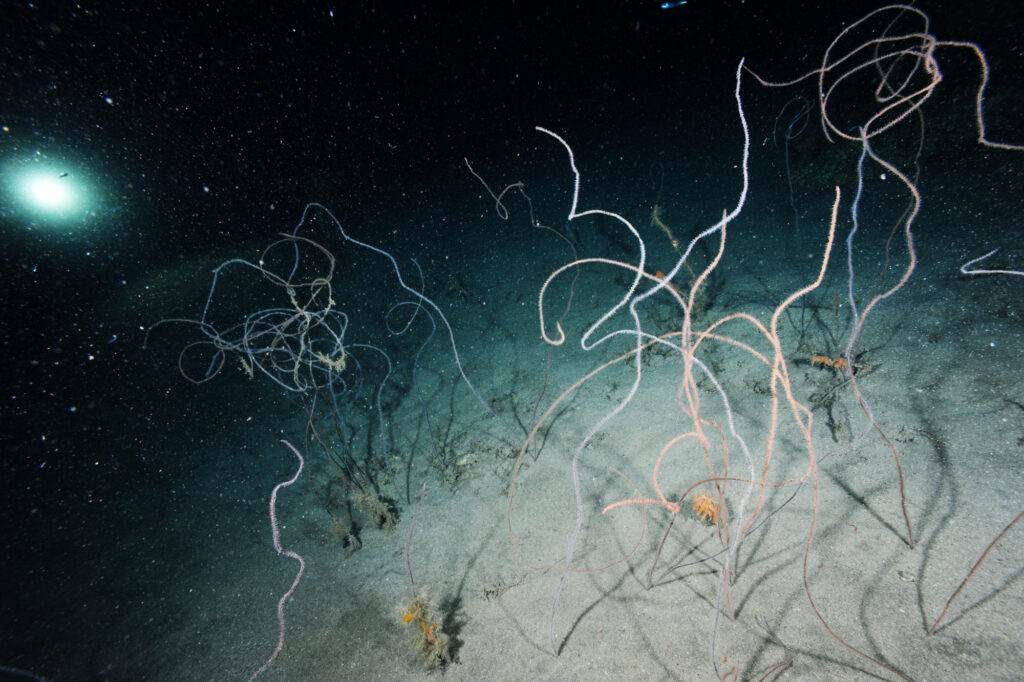
Photo by Fernando Espino
The results of the project “BLACK CORAL SYMPHONY” will be integrated with the data obtained by the European project B-CHARMED (The Black Coral forests as unexplored Biodiversity Hotspots in the MAcaronesian Region: ecosysteM functions and sErvices analyseD) lead by researcher Fran Otero. B-CHARMED is part of the LIFE4BEST program and aims to characterize and map the underwater black coral forests on the island of Lanzarote, as well as to determine the richness of the associated flora and fauna.
During the deepest dives of the B-CHARMED project, the researchers have discovered that below 80 meters depth, the forest typology changes abruptly, not only in terms of the type of black coral species but also in their morphology. This quite unexpected observation opens new questions about the ecological function of these ecosystems.
“BLACK CORAL SYMPHONY” therefore proposes to describe for the first time the acoustic scene of these true underwater forests.
FUNDING GOALS
The project will be carried out during two field campaigns of about 15 days each, during which a team of researchers from Spain and France will be dedicated to the positioning of hydrophones inside and outside different types of black coral forests, and at different depths with the aim of obtaining a map of the richness of sounds emitted by the organisms dwelling on these marine ecosystems. Sound diversity data will be compared with data obtained by underwater cameras and by direct observation. In order to carry out the planned tasks, underwater dives will be performed at depths of up to 100 meters using Closed Circuit Rebreathers technology.
Subsequently, sound analysis will be carried out in collaboration with the CHORUS Research Institute, a company specialized in the study of marine soundscapes. Results will be used to perform comparisons of sound richness with other marine habitats of interest. Moreover, the presence of key species such as marine mammals or large predators will be documented.
TEAM
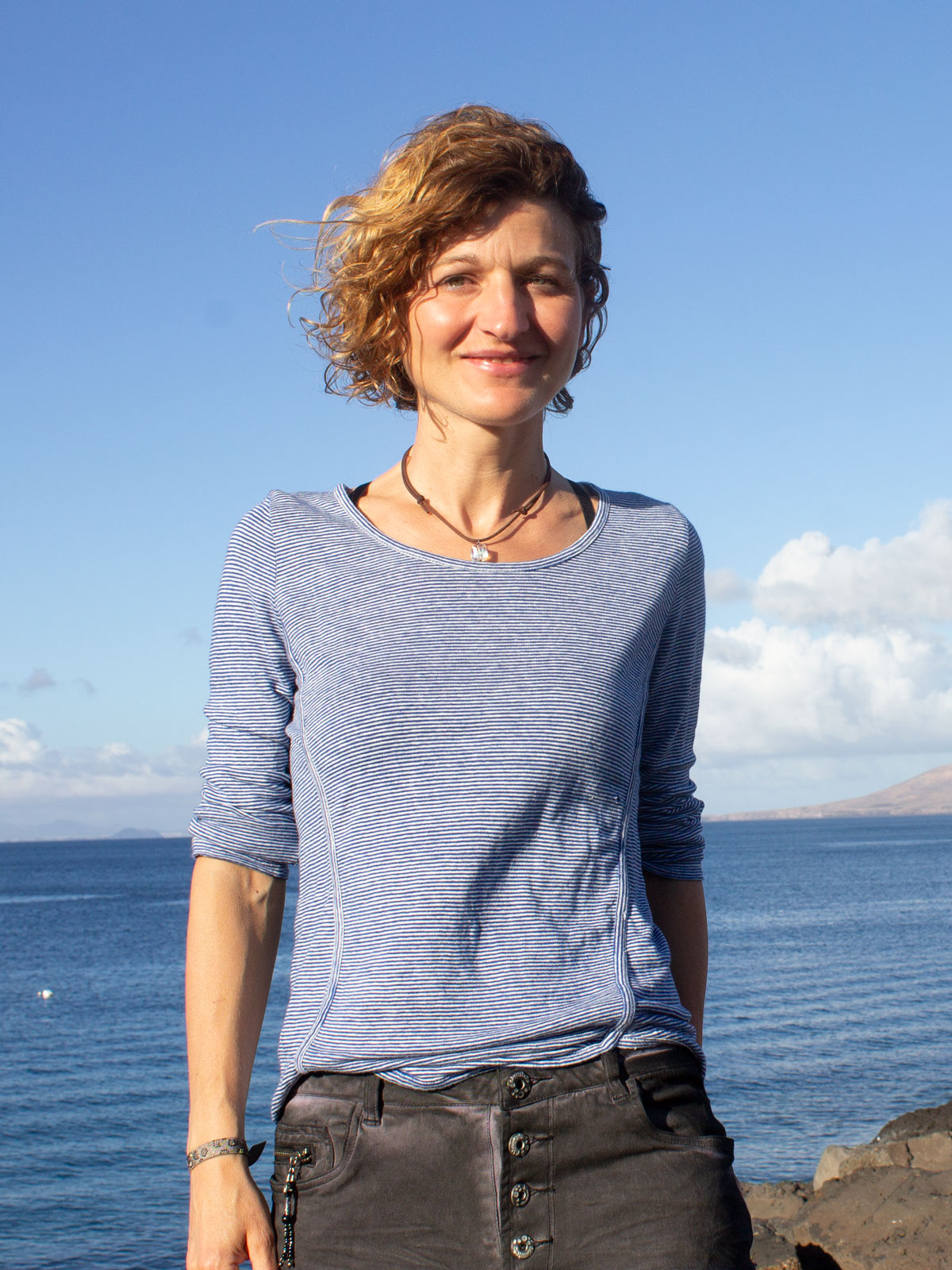
lucia di iorio
Ecoacoustic Researcher
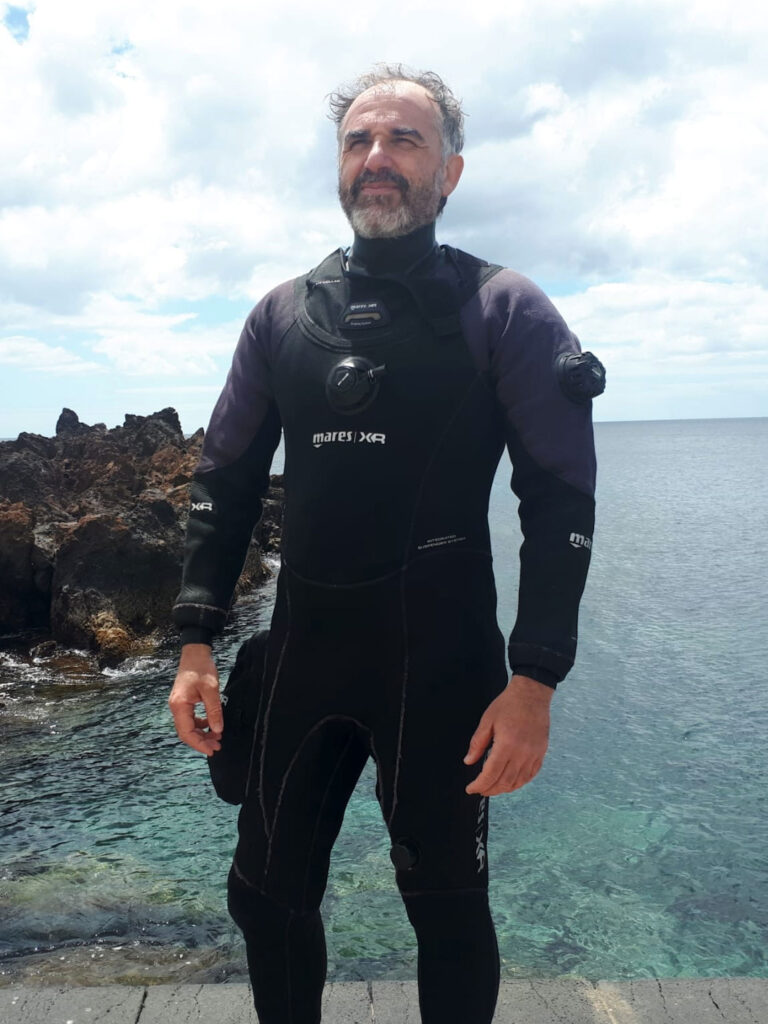
Lorenzo Bramanti
Researcher at CNRS
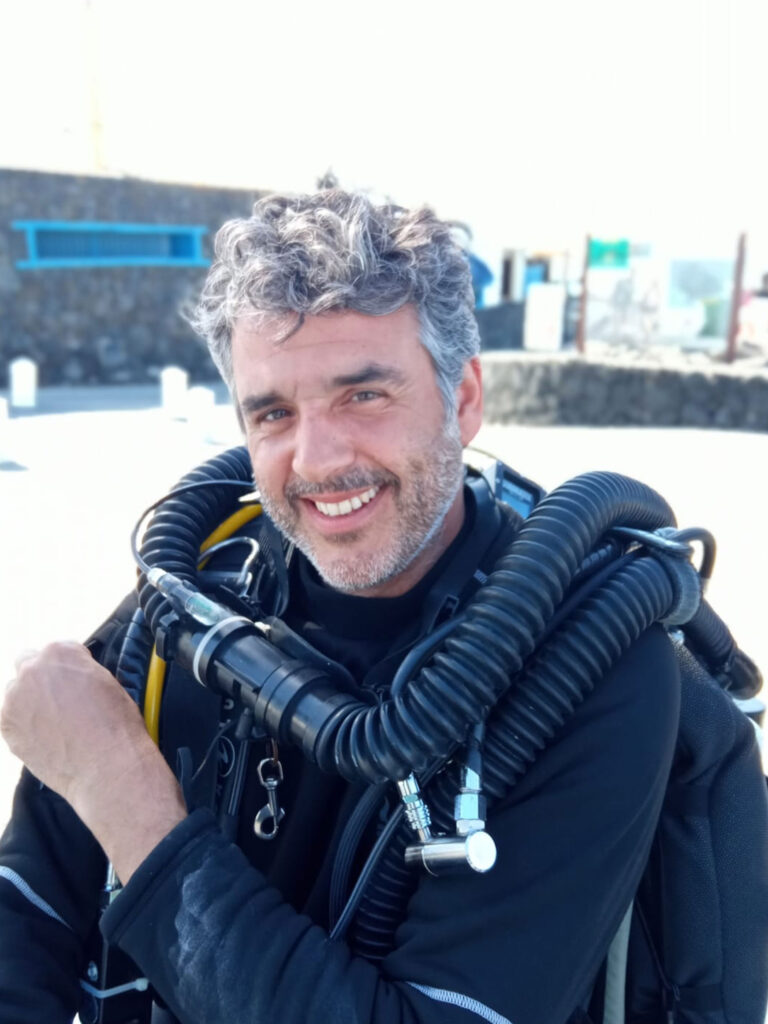
Fran Otero
Researcher at IU ECOAQUA
Photos by Fernando Espino
